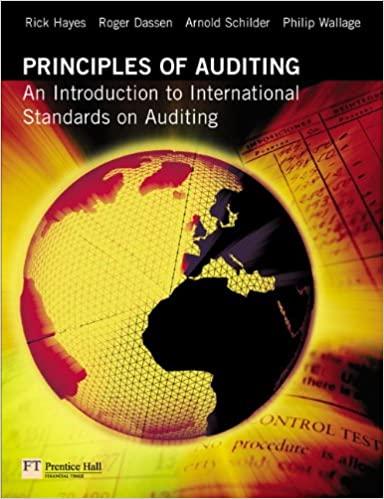Question
[The following information applies to the questions displayed below.] On January 1, 2014, Boston Company completed the following transactions (use a 7 percent annual interest
[The following information applies to the questions displayed below.]
| On January 1, 2014, Boston Company completed the following transactions (use a 7 percent annual interest rate for all transactions): (FV of $1, PV of $1, FVA of $1, and PVA of $1) (Use the appropriate factor(s) from the tables provided.) |
| a. | Borrowed $115,000 for seven years. Will pay $6,000 interest at the end of each year and repay the $115,000 at the end of the 7th year. | |||||||||||||||||||||||||||||||||||||||||||||||||||||
| b. | Established a plant addition fund of $490,000 to be available at the end of year 8. A single sum that will grow to $490,000 will be deposited on January 1, 2014. | |||||||||||||||||||||||||||||||||||||||||||||||||||||
| c. | Agreed to pay a severance package to a discharged employee. The company will pay $75,000 at the end of the first year, $112,500 at the end of the second year, and $150,000 at the end of the third year. | |||||||||||||||||||||||||||||||||||||||||||||||||||||
| d. | Purchased a $170,000 machine on January 1, 2014, and paid cash, $34,000. A five-year note payable is signed for the balance. The note will be paid in five equal year-end payments starting on December 31, 2014.
| |||||||||||||||||||||||||||||||||||||||||||||||||||||
Step by Step Solution
There are 3 Steps involved in it
Step: 1

Get Instant Access to Expert-Tailored Solutions
See step-by-step solutions with expert insights and AI powered tools for academic success
Step: 2

Step: 3

Ace Your Homework with AI
Get the answers you need in no time with our AI-driven, step-by-step assistance
Get Started


